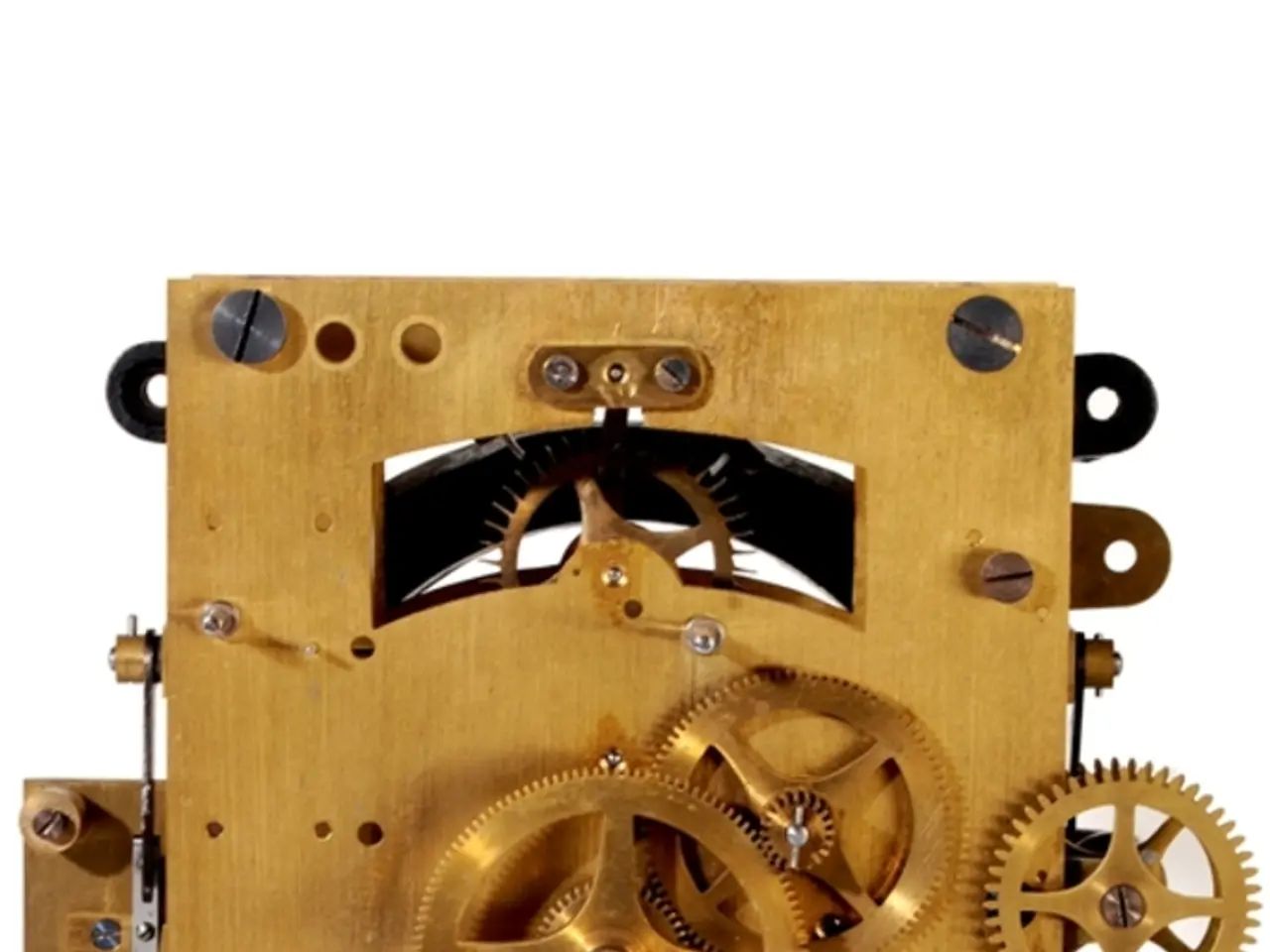Metal-consuming robots feeding on one another are a reality of the present.
In a groundbreaking development, researchers are proposing a new frontier for artificial intelligence: the emergence of carbon-based life as a property of complex technological systems. This bold idea, which blurs the boundaries between the artificial and the natural, raises intriguing questions about the future of robotics and the role they may play in our world.
One of the most pressing questions is who will take care of the robots when they perform critical functions such as driving, manufacturing, exploring, and defending. If robots can evolve on their own, the questions about how and when they stop become crucial.
To address these challenges, a new generation of robots is being designed. These robots operate as open, biomimetic systems with the capacity for structural evolution. They are inspired by biology, as they absorb, transform, and discard materials to maintain life, mimicking natural metabolic processes.
The technology changes the paradigm, as the body of the robot now evolves alongside the mind. The ability of these robots to modify their structure with parts from others brings them closer to an emerging artificial ecology, implying new dynamics of machine interaction.
Self-repairing and evolving robots work through a process called "robotic metabolism," where modular robotic parts called Truss Link units autonomously assemble, grow, and repair by absorbing and repurposing materials from their environment or other robots. This biologically inspired system enables robots to reprocess components, exchange parts, and physically adapt without human intervention, thus overcoming the rigidity and static nature of traditional robotic bodies.
These robots can physically evolve by integrating new modules that enhance their functionality, such as increasing locomotion speed or adapting to new tasks. For instance, a tetrahedral robot prototype increased its downhill speed by more than 66% after adding an extra module that acted like a walking stick.
Potential applications for self-repairing and evolving robots are significant in challenging and unpredictable environments. In disaster relief, such robots could adapt to damaged terrain or unexpected conditions, self-repair when injured, and continue operating autonomously without human maintenance. In space exploration, where remote operation and repair are difficult or impossible, robots with physical autonomy and the ability to self-sustain would be invaluable for long-duration missions. For developing artificial ecologies, these machines can form ecosystems of interacting units capable of evolving collectively, mimicking biological populations to maintain functionality and adapt to environmental changes.
This approach addresses a critical limitation in robotics by bridging advanced AI cognition with physically adaptive, self-sustaining bodies, opening the door to autonomous robots that can survive and thrive in dynamic, harsh, or remote environments. The robots use truss links: bar-shaped modules with magnetic connectors that self-assemble into three-dimensional figures. They use magnetic connectors to incorporate new components, effectively expanding their capabilities.
The study on robotics published on July 16 in Science Advances presents robots that can grow and repair themselves by integrating parts from other machines. The research is funded by the National Science Foundation and DARPA. However, the answer may lie in these new prototypes, capable of sustaining themselves without assistance, but this raises new dilemmas about control and decision-making. In hostile environments like natural disasters, space exploration, and contaminated zones, these robots could provide crucial autonomy due to their ability to physically repair or evolve from local resources. They can feed, adapt, compete, and survive using principles similar to those of natural organisms.
References:
- Advances in robotic metabolism
- Robots that can grow and repair themselves
- Self-repairing robots inspired by biology
- Robots that can evolve and self-repair
- With their ability to modify their structure autonomously and integrate new components, these robots are not just advancing the field of technology, but also merging it with the principles of science, particularly science and space-and-astronomy.
- As these self-sustaining robots continue to evolve, they are opening up exciting possibilities for artificial-intelligence, such as the creation of artificial ecologies and the exploration of space using machines that can adapt, minimize human intervention, and even self-repair.




